Canon EOS 77D Review - Dual Pixel AF, Image Quality and Verdict Review
Dual Pixel AF, Image Quality and Verdict
Upper entry-level DSLR with great specs
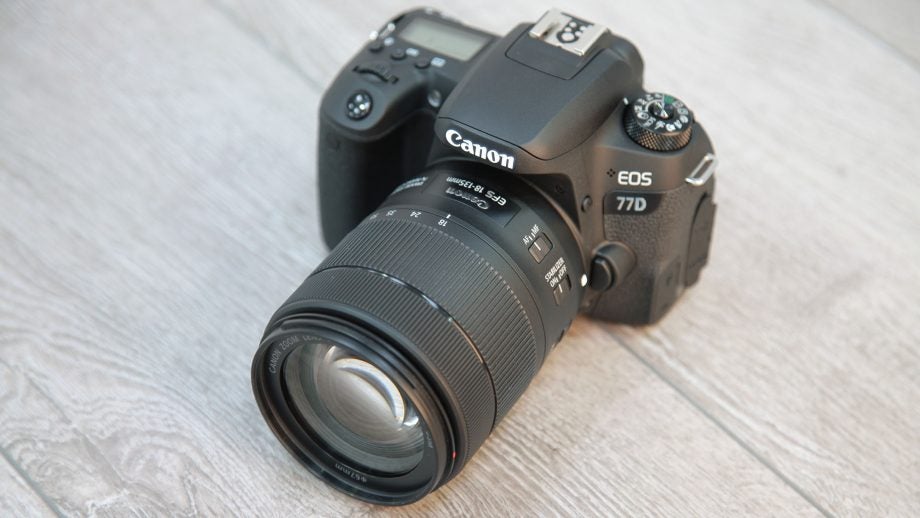
Sections
- Page 1 Canon EOS 77D Review
- Page 2 Autofocus and Performance Review
- Page 3 Dual Pixel AF, Image Quality and Verdict Review
Canon EOS 77D – Dual Pixel AF
Canon’s Dual Pixel CMOS AF technology made its debut on the EOS 70D back in 2013. Since then, we’ve seen it introduced in no fewer than seven DSLRs, which include the EOS 80D and EOS 800D. In practical terms, the main benefit of Dual Pixel CMOS AF is that it greatly speeds up focus-acquisition times when the camera is being operated in live-view mode.
The way it basically works is that each pixel on the sensor’s surface is split into two individual photodiodes – one left and one right. Each of these can be read separately, thereby allowing faster phase-detection autofocus while simultaneously being used for image capture.
Prior to the introduction of Dual Pixel CMOS AF, Canon DSLRs relied on contrast-detect technology, which is typically slower and less accurate at locking on to targets than phase detection – noticeably so when attempting to focus on a moving subject.
![]()
The EOS 77D sports the manufacturer’s fastest on-sensor phase-detection technology currently available, which includes support of Servo AF. This allows the user to select focus on a subject and track it through the frame, when all the while the shutter button is half depressed.
It’s particularly effective for capturing sharp shots of moving subjects, and our best results were achieved when we switched the AF method from single-point AF to Zone AF. It’s great to see this technology trickling down to DSLRs at the EOS 77D and EOS 800D’s price point and you sense it’s only a matter of time before it reaches entry-level EOS models.
Canon EOS 77D – Image Quality
Resolution
Whereas some of its rivals, such as the Nikon D5600 and Pentax KP, go without an anti-aliasing filter in an effort to resolve the finest detail, the EOS 77D holds on to an anti-aliasing filter. With this in place, it has its work cut out to achieve the same levels of resolution.
At ISO 100, the sensor resolves a level of detail that we’d expect from an APS-C DSLR with an anti-aliasing filter. Our dynamic-range tests show an improvement on the 750D/760D, with the EOS 77D returning figures that are higher across the entire sensitivity range.
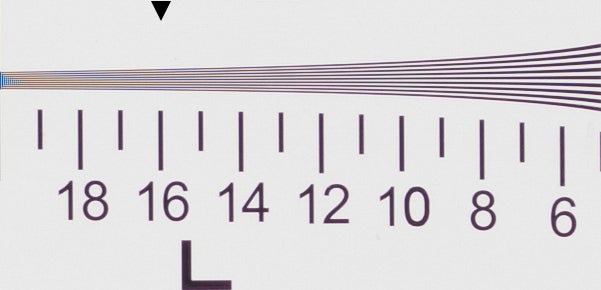
Canon EOS 77D, RAW, ISO 100. Multiply the number below the line by 200 for the resolution in lines/picture height
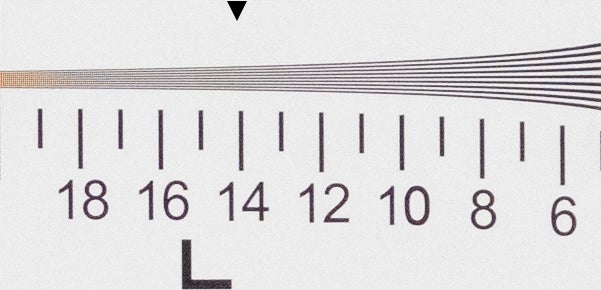
Canon EOS 77D, RAW, ISO 3200. Multiply the number below the line by 200 for the resolution in lines/picture height
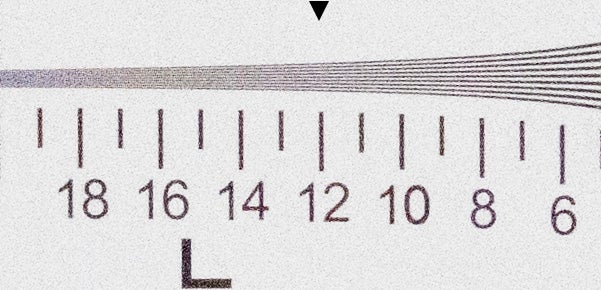
Canon EOS 77D, RAW, ISO 25,600. Multiply the number below the line by 200 for the resolution in lines/picture height
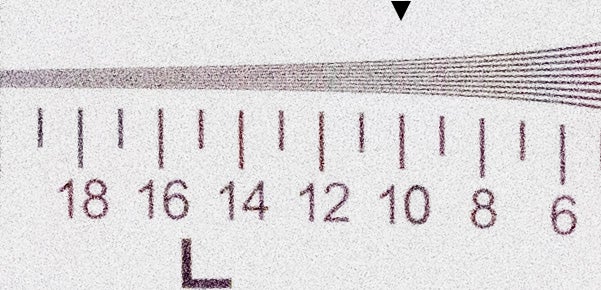
Canon EOS 77D, RAW, ISO 51,200. Multiply the number below the line by 200 for the resolution in lines/picture height
Dynamic range
Compared to the EOS 760D, which delivered a figure of 11.6EV at ISO 100, the EOS 77D produces a higher 12.5EV figure at its base sensitivity setting. The dynamic range is higher throughout the sensitivity range, although it can’t quite match the readout we recently recorded by the Pentax KP, which achieved figures above 10EV right up to ISO 3200. Beyond ISO 800, the EOS 77D’s dynamic range drops to 9.3EV at ISO 1600, 8.4EV at ISO 3200 and 7.5EV at ISO 6400.
The 6EV figures that are recorded between ISO 12,800 and ISO 51,200 indicate that shadow detail becomes more heavily affected by noise beyond ISO 6400.
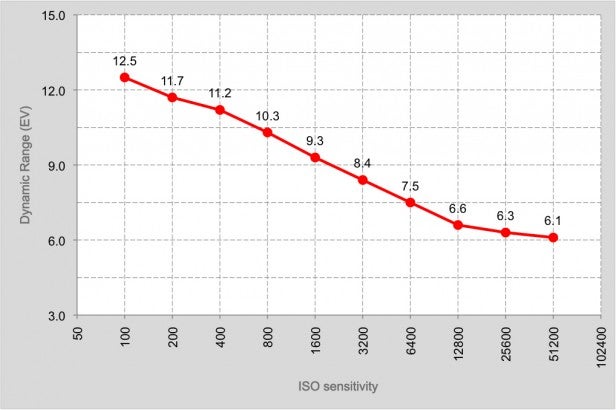
Noise
As with resolution, you’ll achieve better results by processing raw files yourself than shooting in the JPEG format and relying on the in-camera JPEG processing to remove noise for you.
Shoot in the raw format and you’ll notice that noise does start to make its presence known in files captured at ISO 800, but with vigilant application of noise reduction in post-processing, you can get usable results out of the camera at settings as high as ISO 3200 and ISO 6400.
Chroma noise is handled well throughout the sensitivity range, but you’ll notice that saturation does begin to take a hit at ISO 12,800 and above. With this in mind, you’re best off avoiding the five-digit ISO settings wherever possible and keep ISO 6400 set as the maximum ISO when you’re using the camera in its auto ISO mode.
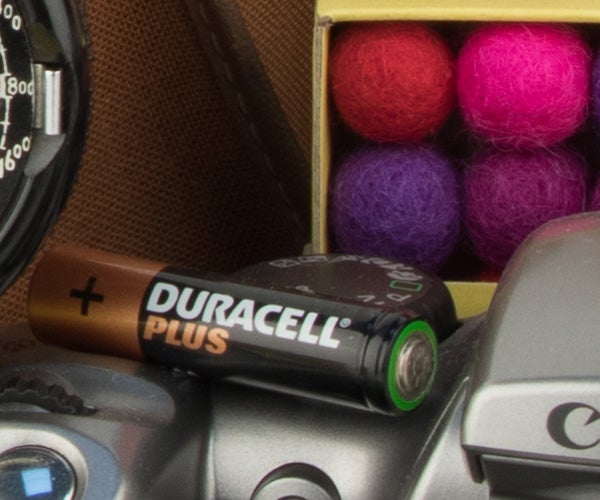
Canon EOS 77D, RAW, ISO 50
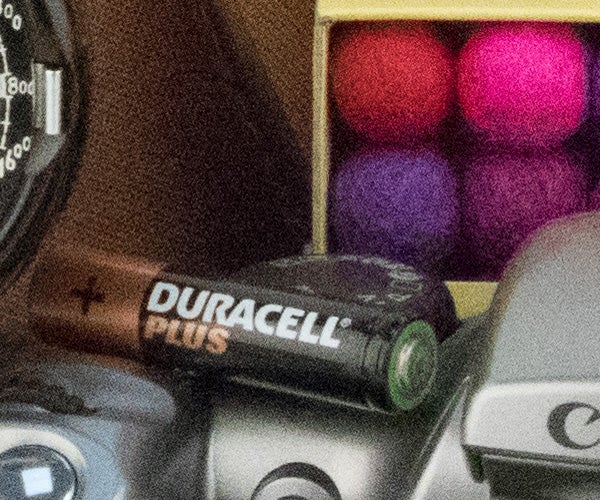
Canon EOS 77D, RAW, ISO 6400
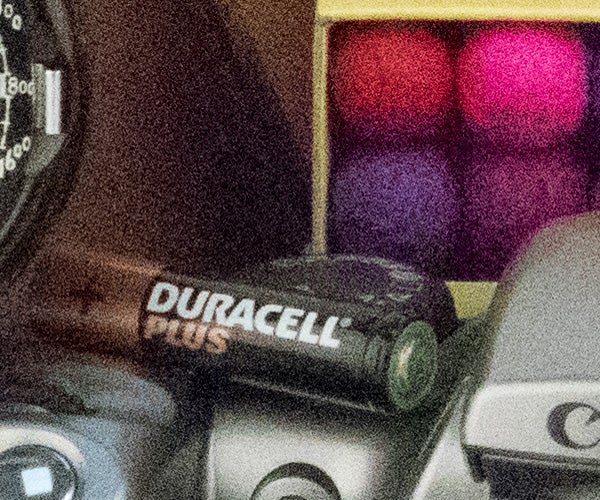
Canon EOS 77D, RAW, ISO 12,800
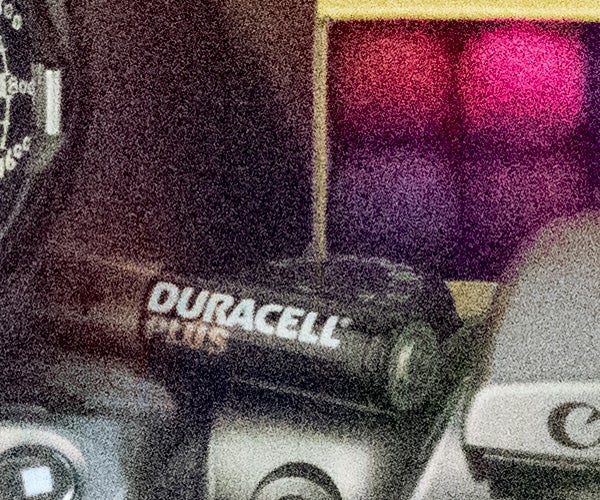
Canon EOS 77D, RAW, ISO 25,600
Should I buy the Canon EOS 77D?
The Canon EOS 77D has a lot in common with the EOS 800D when it comes to its core specification. Study the pair side by side and their differences start to become more obvious. The rotating thumb wheel at the rear, dedicated AF-ON button, LCD screen on the top plate and automatic eye sensor are factors that suggest the EOS 77D will appeal to more advanced photographers who are possibly looking for finer control than you’d get from an entry-level model. That said, it’s well geared up for newcomers to a DSLR, too.
Inside the menu you’ll find the same optional guided interface that you get on the EOS 800D, which, when activated, changes the shooting screen and menu display on the LCD to a more animated one that provides information and practical advice specific to the exposure mode selected. The information doesn’t go into any great detail, but should nonetheless prove useful to those users starting their DSLR journey.
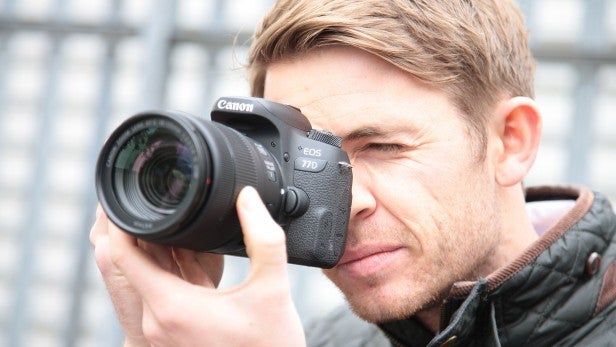
If you’re just starting out in the world of DSLR photography, you’ll feel at ease with the EOS 800D as soon as you get it out of the box. What you don’t want, though, is to regret your decision and wish you’d chosen the EOS 77D instead. If you’re undecided about which to buy, ask yourself these two questions: Am I a quick learner? Am I going to pursue photography regularly? If your answer is yes to both, the extra £50 you’ll pay for the EOS 77D will get you a camera that’ll serve you better in the long term.
The EOS 77D is a capable DSLR for aspiring enthusiasts and those starting out. It’s more expensive than its main rivals, but offers a much-improved live-view performance over the EOS 760D it replaces, performs well in low light up to ISO 6400, and it operates intuitively, making it a very enjoyable camera to use.
Related: Best cameras to buy
Verdict
It ticks the right boxes and is a great option in Canon’s enthusiasts’ DSLR line-up.
Trusted Score
Score in detail
-
Value 7
-
Design 8
-
Features 9
-
Image Quality 8
-
Build Quality 8
-
Performance 9


